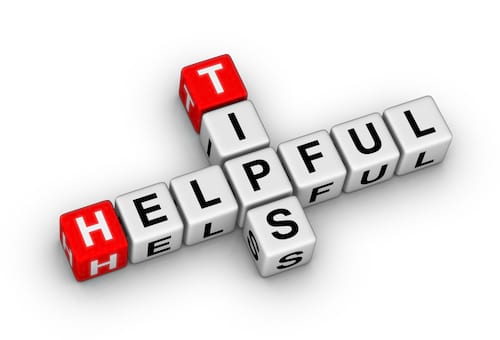 You have to have a plan!
You have to have a plan!
I start practice off by sliding a disc with the non shooting end of the cue back and forth across the shooting box, both my side and the opponents side.
Players are surprised to find out they can feel if a corner is turned up or down or there’s a hump in the shooting area.
These little differences give you a hint as to what might happen when you shoot. Remember all the drift is not down the board, some of it’s right where your cue starts out. If the corner is turned up it’ll push your cue and the disc across the board and if it’s turned down it’ll pull your cue toward the edge of the board. That’s part of the reason I don’t shoot my hammer out of the corner because almost all boards have added drift, in or out, from the corner.
I also feel that the speed changes from the corner. On beads you are going from fast on the outside to slower as you cross the center of the board and back to fast on the far side of the board and on rough courts you’re going from slow on the outside to faster in the center back to slower as you get to the other side of the board.
It’s just too hard for me to get the speed.
Almost everyone feels they need to use their speed shots to get the 8 speed up the center of the board but it doesn’t seem to me that you are getting enough information by doing that. I feel you need to shoot all of your practice shoots at kitchen speed so you can see the drift all the way down the playing surface.
You need to get certain information out of practice.
What happens on your side of the board, it’s important to gain control of your own side.
Can you cross the centerline and hide if the opponent puts up a sloppy Tampa. What happens in the 10 area.
An outstanding pro once told me that sometime in a match a 10 is going to play a critical part, be it taking the opponent off and holding a 10 or getting the opponents partially hidden 10 off the board and I’ve found him to be right.
Very rarely should you shoot the same shot twice in a practice round, if something goes wrong you know what it was and can correct for it when the time comes.
Remember, your opponent is watching and what ever practice shot you don’t take will be used against you.
You’re going to see that 8 you didn’t try or that deep 7.
Some players continue to practice the first few rounds of the game, getting a feel for the board, if you clear they will know the board and you won’t when the time becomes critical.




Leave A Comment